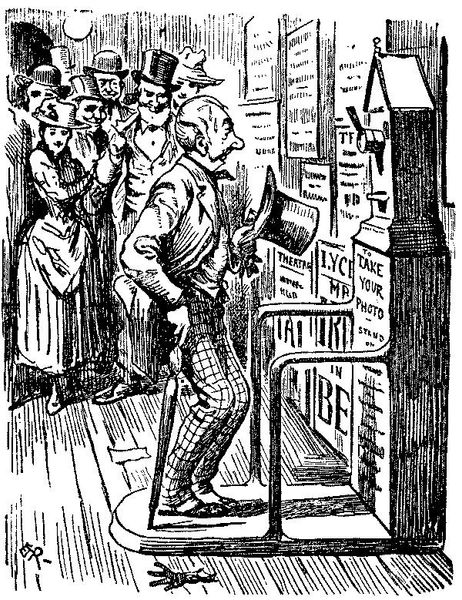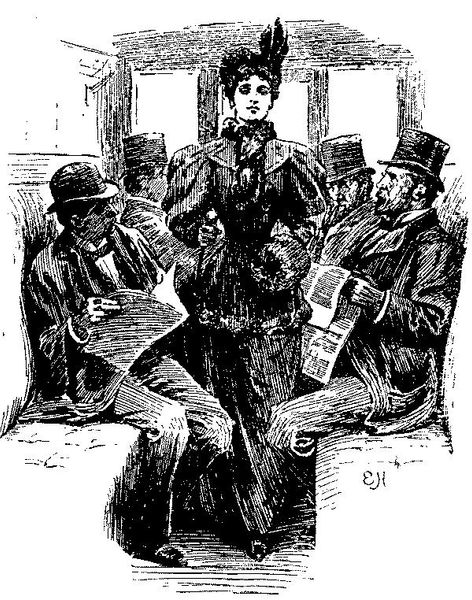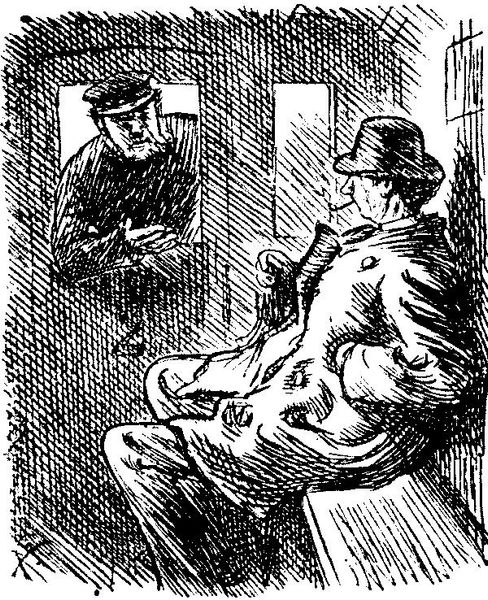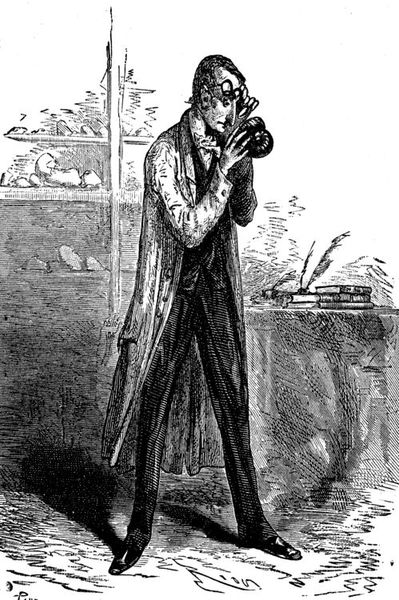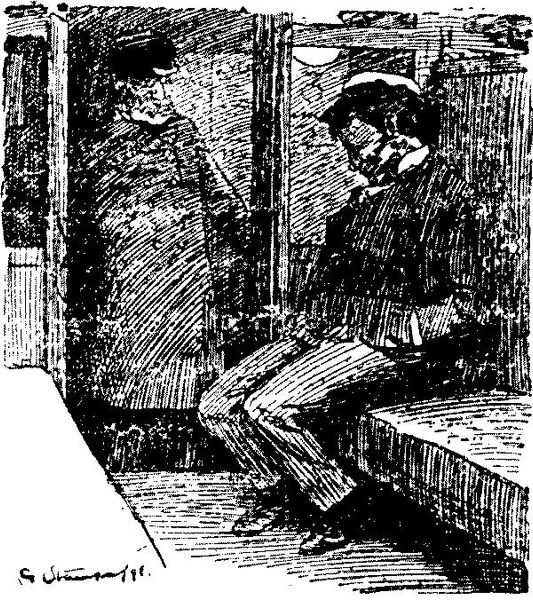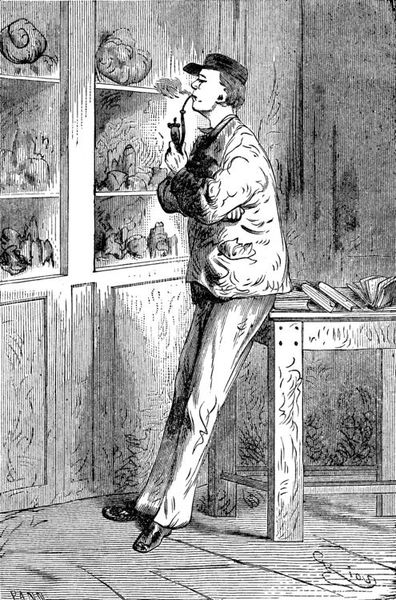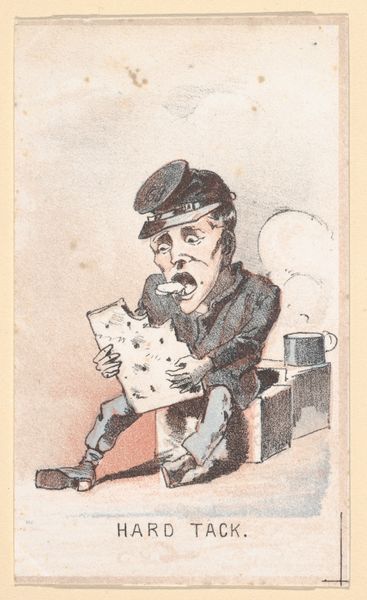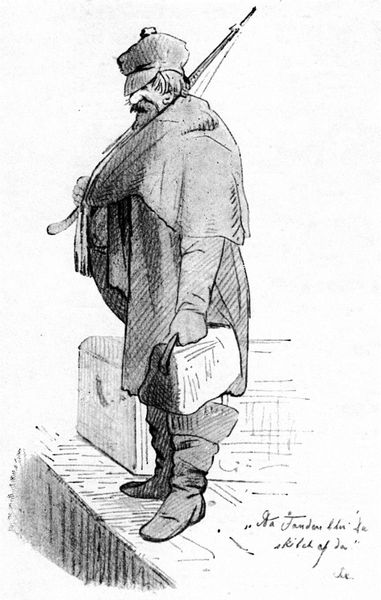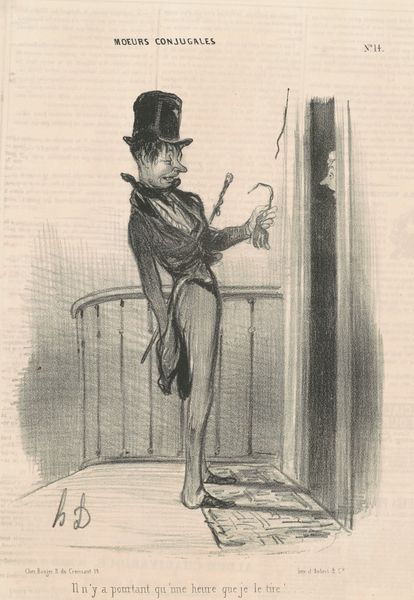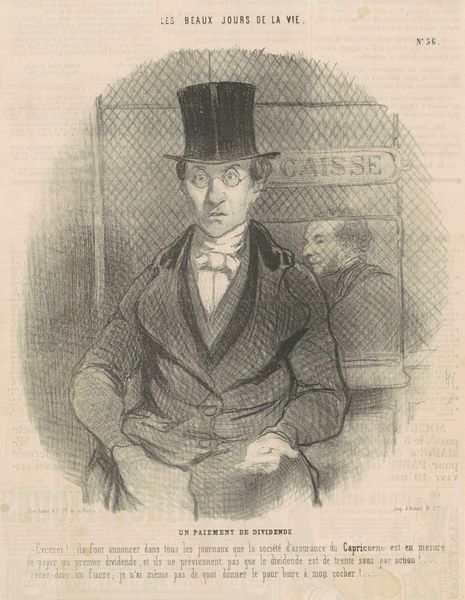
drawing, ink, pen
#
portrait
#
drawing
#
narrative-art
#
caricature
#
ink
#
pen
#
genre-painting
Copyright: Public domain
Curator: Look at this delightful ink drawing, likely from a pen, entitled READING BETWEEN THE LINES by John Leech. It’s brimming with narrative possibility. What’s your initial take? Editor: My immediate reaction is a sense of unease, masked by a jovial exterior. This man, perched precariously on the railway, seems almost manically cheerful as he reads his newspaper. But there’s something…performative about it. Curator: Exactly! And the railroad imagery resonates so strongly. Notice the locomotive in the distance? Trains, like newspapers, are potent symbols of industrial progress and modernity – but also instruments of power and control in the Victorian era. Editor: The question is: who controls the narrative? He's positioned right between those rails – almost as if he's about to be run over by it, literally and figuratively. Is he blissfully unaware of the dangers around him, or is there something more subversive happening here? Curator: I see the railway as an allegory for time, like an Uroboros or the passage of generations, each marked by distinct events printed on the newspaper our figure is consuming. Leech masterfully plays with this idea. I agree though, the setting creates an uncanny tension. It doesn’t feel entirely safe or…truthful. Editor: It makes you think about the intended audience, doesn't it? And what kind of political rhetoric may have permeated their reading habits and how such rhetoric impacts those without structural power? Is his ‘reading’ merely a confirmation of an oppressive status quo? Curator: I'm especially drawn to how the caricatured figure is rendered, and how the cross-hatching simulates textures of paper and rail alike, which pulls focus toward a broader discussion around industrialism. It certainly seems Leech’s narrative encourages viewers to dissect meaning for themselves. Editor: Ultimately, this image invites us to consider the weight of information we consume, its intended function and the power dynamics it conceals. A chilling and compelling observation of 19th century life that mirrors many struggles today. Curator: It's an invitation, perhaps, to reflect on how our own reading habits and cultural narratives might be shaping our perception of the world in often unseen ways. Editor: Precisely! It also encourages us to look more intently, and think critically about the forces influencing and shaping our cultural realities.
Comments
No comments
Be the first to comment and join the conversation on the ultimate creative platform.
